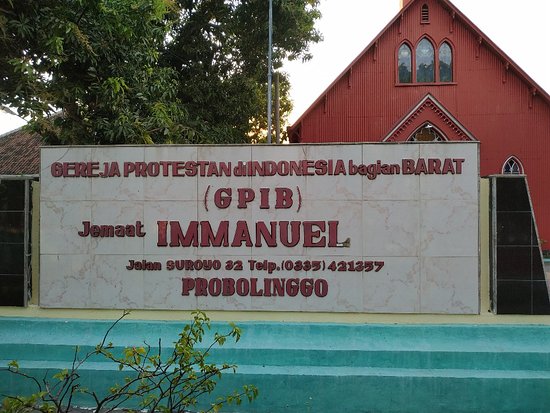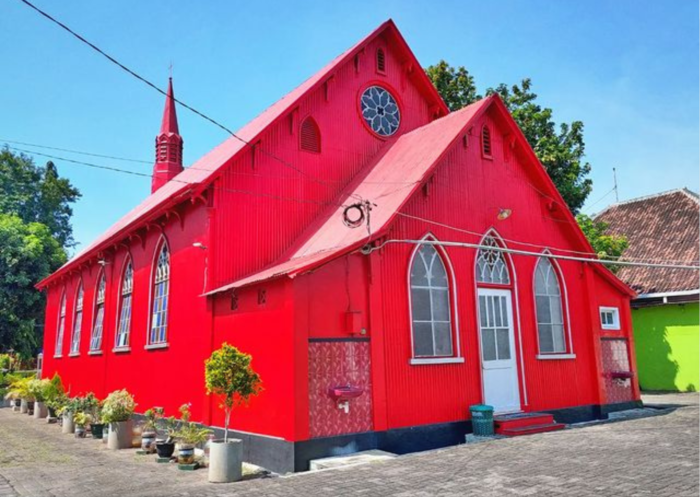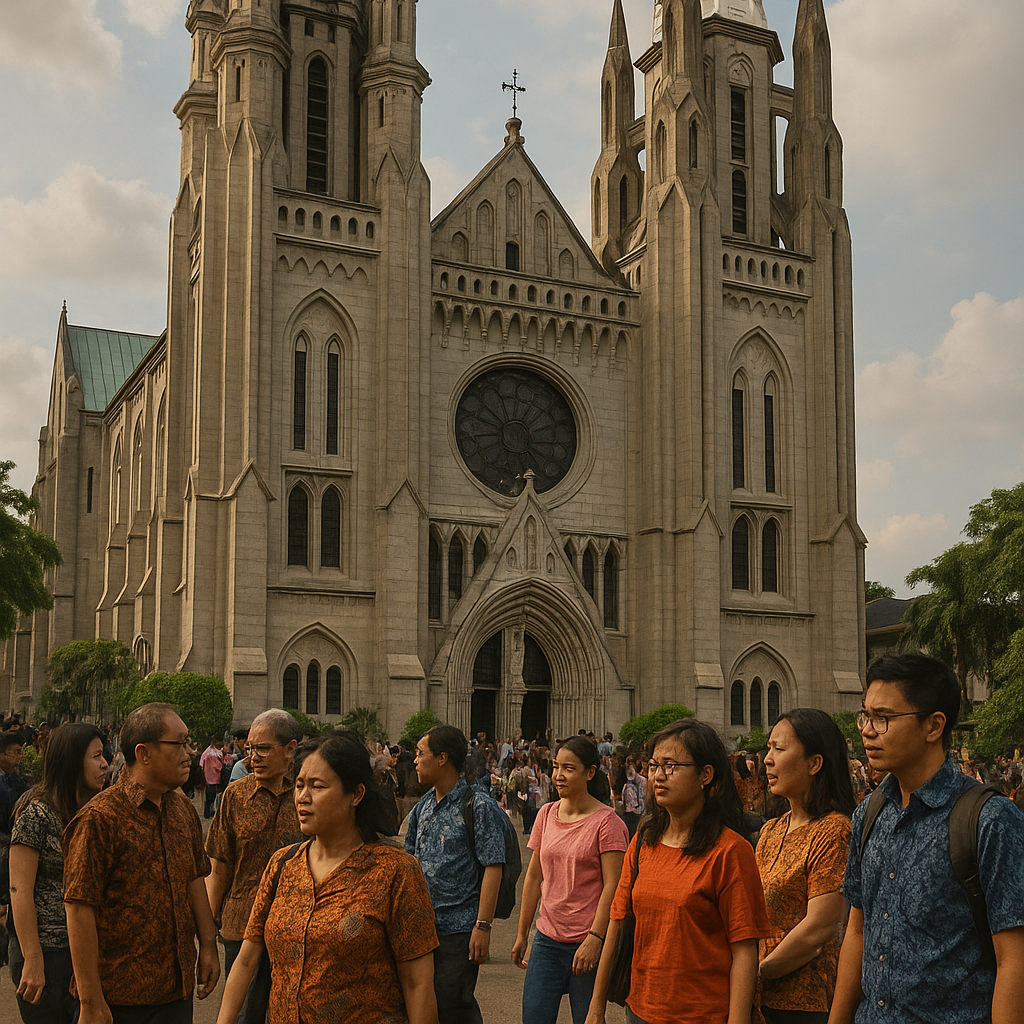The Red Church in Probolinggo: A Rare Historical Heritage
theolingua.id – The Red Church in Probolinggo, East Java, is a historic church building with its own unique characteristics. This church is also known as the Immanuel Protestant Church (GPIB) and has similarities with another church located in The Hague, the Netherlands. This uniqueness makes it one of the important historical icons in Indonesia, especially because it has architecture and materials typical of the Dutch colonial era.
However, over time, a similar church in The Hague has been converted into a bar. This change makes the Red Church in Probolinggo the only one that still functions as a place of worship. With its status as a historical building and cultural heritage site, the church remains an important part of the historical journey and development of Christianity in Indonesia.
History and Development of the Church

The Red Church was built in 1862 by a priest named Pattiradjawane under the leadership of Regent Meijer, the first regent of Probolinggo. The construction of this church was part of the spread of Protestant Christianity by the Dutch in Indonesia, especially for the community of Dutch workers living in the sugar cane plantation area in East Java. The church materials, which consisted mainly of steel and iron, were imported directly from the Netherlands and assembled using a disassembly system.
As part of colonial history, this church reflects the application of industrial revolution technology in the 19th century in the construction of religious buildings. The building structure made of 1,169 steel and iron demonstrates the superiority of architectural technology at that time. Its strategic location at Jalan Suroyo No. 32, Tisnonegaran Village, Kanigaran District, makes this church easily accessible to the community and tourists.
Unique Architecture and the Philosophy of the Colour Red

The church has a unique design with a striking red colour, which not only functions as a metal protector from corrosion, but also has spiritual meaning. The colour red symbolises the blood of Jesus Christ that was shed for the salvation of mankind. In addition, on the front of the church is the inscription ‘Gebouwd Anno 1862,’ which means ‘Built in 1862,’ marking the age of the building.
One of the interesting architectural elements is the hexagonal cast iron pulpit, which stands on a pedestal about 1.6 metres high. The spiral staircase leading to the pulpit is decorated with lily ornaments and cross motifs, displaying the beauty of colonial-era art.
The Role of Church Figures in Indonesian History
Behind historical buildings such as the Red Church, there are church figures who played an important role in the spread of religion and education in Indonesia. Some of the figures worth mentioning include:
- Pastor Pattiradjawane – As one of the pastors who contributed to the construction of the Probolinggo Red Church, he played an important role in the spread of Protestant Christianity in East Java.
- Dr Johannes Leimena – A Christian figure who is not only known as a church leader but also as a doctor and politician. He served as Indonesia’s Minister of Health and was one of the pioneers in relations between the church and the government.
- Albertus Soegijapranata – The first indigenous bishop in Indonesia who played a major role in defending nationalism and fighting for the rights of Catholics in Indonesia during the period of independence.
Preservation and Historical Significance of the Red Church
In 2013, the Probolinggo City Government designated the Red Church as a cultural heritage site, as a form of respect for Indonesia’s historical legacy. The building is not only a place of worship, but also a silent witness to the nation’s historical journey in facing the colonial era and independence.
The Red Church is now an icon of religious and historical tourism in Probolinggo. With its status as a cultural heritage site, conservation efforts continue so that future generations can still understand the historical and architectural values contained in this building.
Conclusion
The Red Church of Probolinggo is a clear example of historical heritage that has survived to this day. This building is not only interesting because of its unique colonial-era architecture, but also because of the symbolic meaning it contains. With its striking red colour symbolising the blood of Jesus Christ, the church is an interesting historical tourist destination, especially for those who want to understand more about the development of Christianity in Indonesia.
Behind the existence of the Red Church, there are church figures who have struggled to strengthen the role of religion in society. They not only act as spiritual leaders, but also as drivers in building a stronger and more inclusive Christian community. Their role is very important in maintaining the continuity of the church and ensuring that religious values remain relevant in the life of modern society.







